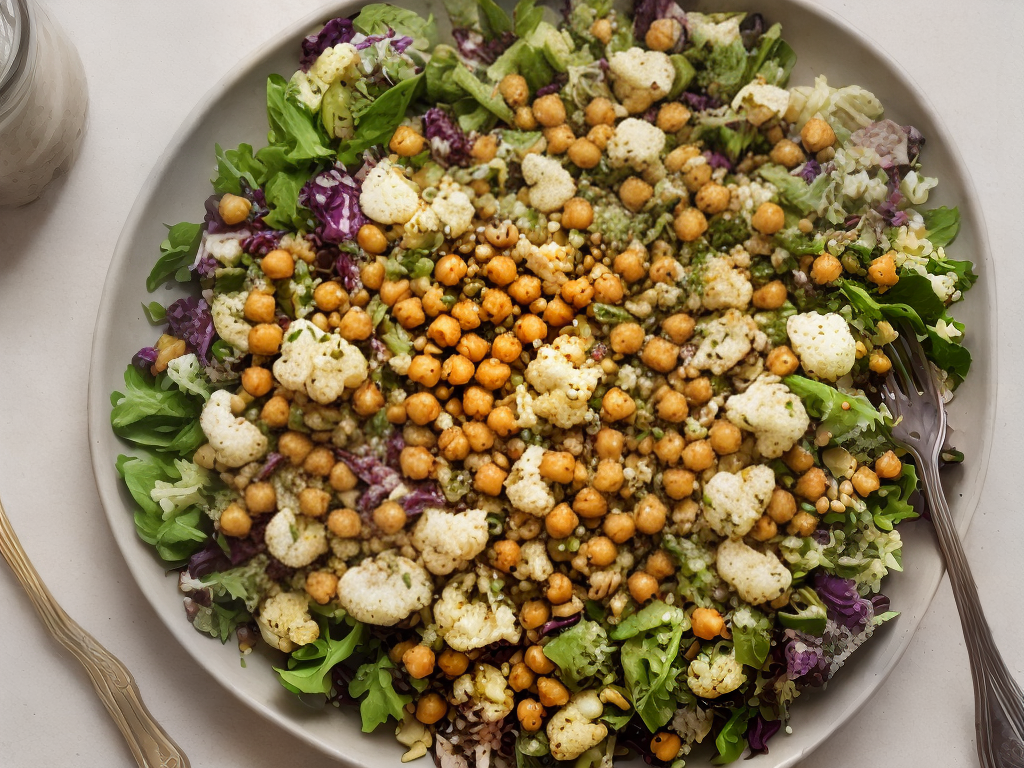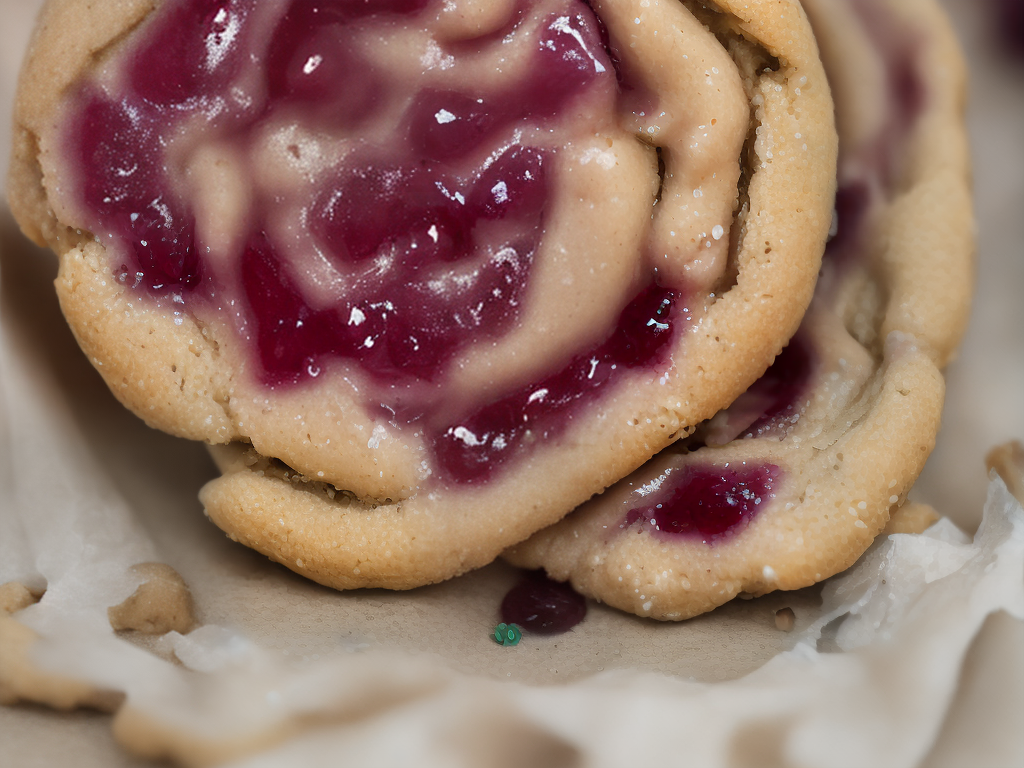Whether you’re making your own meals, or you’re looking to prepare meals for your family, there are three standard rules of kitchen cutting that will help you to keep things in order. Before you go about cutting your food, make sure to sharpen your knives, don’t use the same board for meats and vegetables, and pre-cut your food into manageable pieces.
Knife should perform a rocking motion
Performing a rocking motion when cutting in the kitchen will help you get perfect slices. This will save you time and energy. It is also safe. In addition, it will give you better control over your knife.
A rocking motion is necessary when cutting large objects. To do this, you will need to push your knife’s cutting edge down. Then, you will pull it backwards. It is important to follow this rocking motion so that you don’t hurt yourself.
Performing a rocking motion is easier when you use a curved knife. This will help you cut through the item without tearing it. Also, curved knives are easier to control. You should also wear cut-resistant gloves when using this technique.
The other hand should be placed in the “claw” position. This is the ideal position to help you out with your knife. This position will keep the food you are chopping from rolling or sliding.
You should also make sure you are holding the knife at a consistent angle. Depending on the knife you are using, the angle can range from 15 to 20 degrees.
You can also use a straight down cutting motion. This will also work well if you are cutting large items. Performing this motion will help you keep the knife from cutting too fast or too slowly.
You should also remember to keep the tip of your knife in contact with the cutting board. If the knife gets away from the board, it will cause an accident. This is especially true if you are cutting carrots.
Another technique you should use when you are cutting in the kitchen is called the “rock-chop” technique. This method is used for slicing herbs. It is best if you use a chef’s knife. This will keep your fingers from rubbing on the cutting board.
You should also use a knife that is sharp and flexible. A dull knife is difficult to control. You will also waste more time if you don’t use a sharp knife. You should also make sure you get your knife sharpened every few months. This will give you more control and prevent accidents.
Don’t use the same cutting board for meats, fruits and vegetables
Using the same cutting board for meats, fruits and vegetables can lead to cross contamination. If you want to avoid becoming sick from foodborne illness, use color coded boards to prevent cross contamination. You should also keep your cutting boards clean. This will keep harmful bacteria from growing and spreading.
Bacteria can grow on the surface of fruits and vegetables, and on the cutting board itself. However, you can kill bacteria on a cutting board with hot water, soap and salt. You can also use high temperatures to destroy bacteria.
When cutting meats, you should use a board that is non-porous. You should also clean the board after every use. You should also clean it thoroughly after preparing raw meat. You should also replace your board when it gets worn out. Wooden boards can harbor harmful bacteria.
You should also use different utensils for raw foods and cooked foods. Aside from cutting boards, you should also use separate plates for raw and cooked foods. If you need to use the same utensil for both, make sure you clean it well before and after use.
To keep your cutting board in good shape, you should always wash it thoroughly with hot water and soap after every use. You should also disinfect it with chlorine bleach. For disinfecting, you should use one tablespoon of unscented liquid chlorine bleach per gallon of water. You should let the board stand for several minutes.
You should also use different cutting boards for raw and cooked meats. You can also use wooden boards for different types of ingredients. However, you should be careful not to use wood for raw meat, as it is an ideal environment for bacteria to grow.
You should also use different colored cutting boards to prevent cross contamination. This will make it easier to distinguish the types of food you are cutting. Some restaurants use color-coded plastic cutting boards to prevent cross contamination. These boards are not as durable as wood, but they are cheaper.
Another way to prevent cross contamination is to always wash your hands after handling raw meat. Wash your hands for at least 20 seconds. You should also keep your cutting boards and kitchen counters clean.
Sharpen your knives
Keeping your kitchen knives sharp will make them easier to use. When they become dull, they can become dangerous. They require more force to cut, and may even miss a mark when slicing food. Sharp knives cut food evenly, with less slippage.
Sharpening your knives can be a simple process. Just remember to use the proper hand position to hold the blade and make sure to dry your hands after each use.
When you are sharpening a knife, you will want to start at the base of the edge, in the upper right corner of the blade. Pull the blade towards you with your left hand, then switch to your right. This will allow you to maintain steady pressure on the blade.
Using the correct hand position will prevent injury, as you can pull the blade back without causing the knife to slip. You can also test your knife’s sharpness by cutting a small piece of paper.
Once you have finished sharpening your knife, you should store it in a plastic sheath. You should also store it in a metal-free environment. You should never put it in a dishwasher or sink.
You should also use a sharpening stone on both sides of your blade. A whetstone is a rectangular block that can be used to sharpen your knife. It works almost like sandpaper by smoothing out the cutting edge.
Using a sharpening stone is one of the easiest ways to sharpen your knives. You should also use it before every use. If you don’t use the sharpening stone, it will dull the blade.
If you use a sharpening stone, you will have to make sure you do it at least three to four times before moving on to the finer grit. You should also repeat the process five to six times.
You can also use a honing rod for your knife. A honing rod is a metal rod that can be purchased with most knife sets. Honing the blade will make it straight and keep it in great cutting shape.
You can also use a nail file or sandpaper to sharpen your knives. Start with the coarse grit first, and work your way up to the finer grit.




